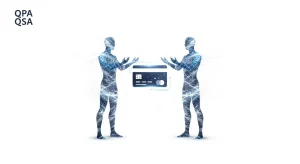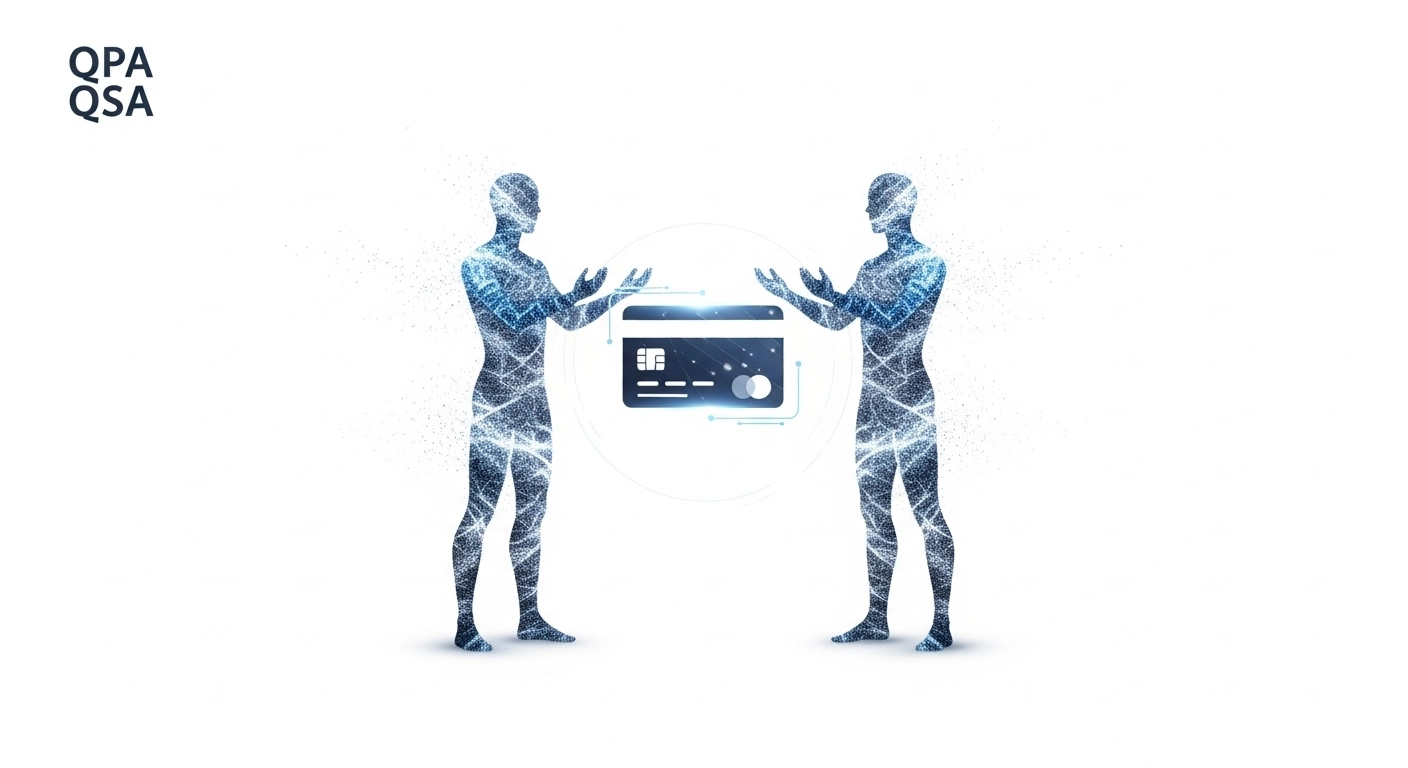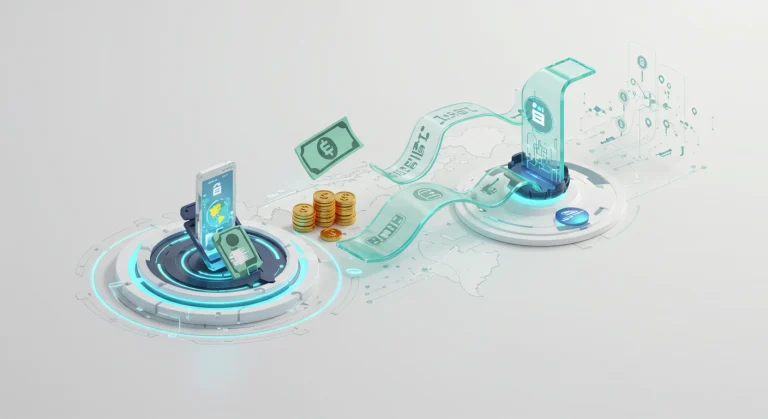QPA and QSA
Each card transaction —whether digital or physical— involves much more than technology: it implies confidence, compliance and accountability. In an environment where payments are evolving towards the cloud, digital wallets, and architectures tokenizadas, the QPA (Qualified PIN Assessor) and QSA (Qualified Security Assessor) have become key figures to ensure the security of the ecosystem financial.
In this article I explain what are they, what is their role in projects of digital transformation and why they are essential to safe migration, and according to the standards of the industry.
What are the QPA and the QSA ?
QSA — Qualified Security Assessor
The QSA are companies or groups of persons that are accredited by the PCI Security Standards Council (PCI SSC) for assessments of compliance with the standard PCI DSS (Payment Card Industry Data Security Standard). Your role is to validate if a merchant or service provider complies with the requirements of the protection of card data. The program QSA defines the criteria for certification, re-certification and oversight of these companies.
QPA — Qualified PIN Assessor
The QPA are the entities certified by the PCI SSC specifically to assess the compliance of the PCI PINthe standard covers the safety PIN and the data protection PIN in the cycle of capture, transmission and processing in ATM and POS. The PCI SSC maintains guidelines and qualification requirements for QPA; its technical function is to verify cryptographic controls, ceremonies of key and specific requirements of the PIN.
What do they do in practice and why it matter now?
As banks, processors and merchants migrate to environments cloudadopt architectures API-first and deployed tokenization, the role of the QSA and the QPA is extended from the mere traditional auditing to:
-
Technical advice on secure architecture: design review of cloud, segmentation, HSM (Cloud HSM vs HSM on-premise) and models of shared responsibility.
-
Validation of cryptographic controls and ceremonies of keys: evaluation of the generation, storage and rotation of keys, dual control, and evidence for audit.
-
Support in adoption of emerging technologies: help to map risks and controls when you integrate tokenization, Open Finance or solutions with AI in the payment processes. (See discussion on confidence and security in the ecosystem of payments).
In summary: the QSA and QPA act as a bridge between innovation and compliance —allow you to move fast without sacrificing data protection or the ability to pass formal audits.
Tangible benefits of having QPA/QSA from the start
-
Reduction of regulatory risks and financial. An early evaluation avoids rework and costly penalties for non-compliance.
-
Acceleration of innovation projects. Validate designs during the phase architecture reduces rework and facilitates the secure integration with third parties.
-
Holistic view of the ecosystem. QSAs/QPAs analyzed from the POS to the cloud, detecting dependencies that could break the compliance (e.g., third parties that handle sensitive data).
-
Credibility with banks and partners. The validation by an assessor accredited is a signal of confidence to the buyers, brands, and regulatory bodies.
In addition, because of the growth of threats (fraud, attacks, social engineering, and risks associated with the AI), the major brands of payments recommend a collaborative approach between issuers, acquirers, service providers and assessors to maintain the integrity of the ecosystem.
Good practices for work with a QSA / QPA
-
Get them from the design stage. Prevents correct afterwards what might have been raised under.
-
Request evidence specific technique. Logs ceremony of the keys, configurations, HSM, tests microsegmentación and access logs are examples of evidence that QSAs and QPAs will look.
-
Ensures traceability with third parties. Documented contracts and responsibilities in the model of shared responsibility (cloud).
-
Enables internal teams. An assessor-help, but the first line of defense is the team that designed and operates the services.

Conclusion
The QSA and QPA they are not mere auditors; they are strategic partners that facilitate the digital transformation securely. In a market where speed matters, technical expertise, and the methodological rigor of the program, PCI SSC help that innovation does not clash with the compliance.
If your organization is migrating cryptographic infrastructure, implementing tokenization or open APIs for Open Finance, to consider a QSA and/or QPA from the start it is not only good practice: it is a decision that protected the operation, reputation and business continuity.
Sources
-
PCI Security Standards Council – Qualified Security Assessors (QSA). Program information QSA and certification criteria.
https://www.pcisecuritystandards.org/assessors_and_solutions/qualified_security_assessors/ PCI Security Standards Council -
PCI Security Standards Council – Qualified PIN Assessor (QPA). Page and program requirements QPA.
https://www.pcisecuritystandards.org/assessors_and_solutions/qpa_assessors/ PCI Security Standards Council -
PCI SSC – Qualified PIN Assessor (QPA) Program Guide (PDF). Technical guide program QPA (requirements, and criteria).
https://www.pcisecuritystandards.org/documents/Qualified_PIN_Assessor_%28QPA%29_Program_Guide_V1.0.pdf PCI Security Standards Council -
PCI SSC – QSA Program Guide (PDF). Programme guide QSA: the scope, responsibilities and criteria.
https://www.pcisecuritystandards.org/documents/QSA_Program_Guide_v2.0_Dec.pdf PCI Security Standards Council -
Mastercard – Insights on trust and security in the ecosystem of payments (reports and whitepapers on risk and collaboration in the industry).
https://www.mastercard.com/content/dam/mccom/shared/news-and-trends/insights/2024/securing-the-digital-ecosystem-with-ai/pdf/securing-the-digital-ecosystem-with-ai.pdf Mastercard -
ISACA Journal – Articles about compliance in the cloud, and PCI DSS (e.g.: “Navigating PCI DSS Compliance in the AWS Cloud”).
https://www.isaca.org/resources/isaca-journal/issues/2024/volume-3/navigating-pci-dss-compliance-in-the-aws-cloud



